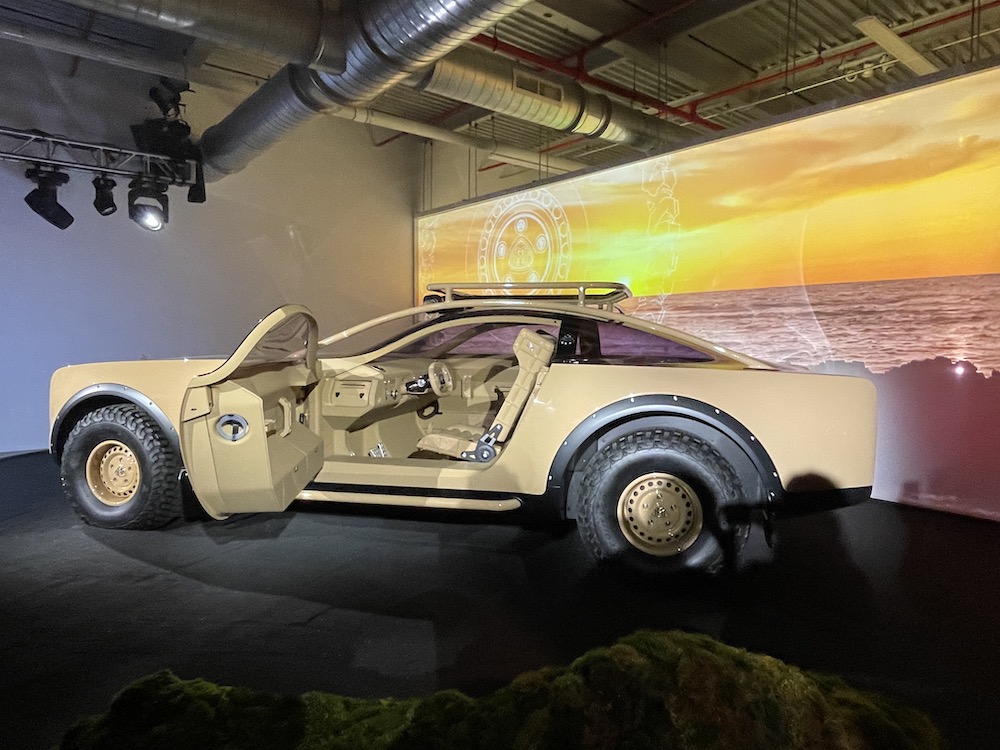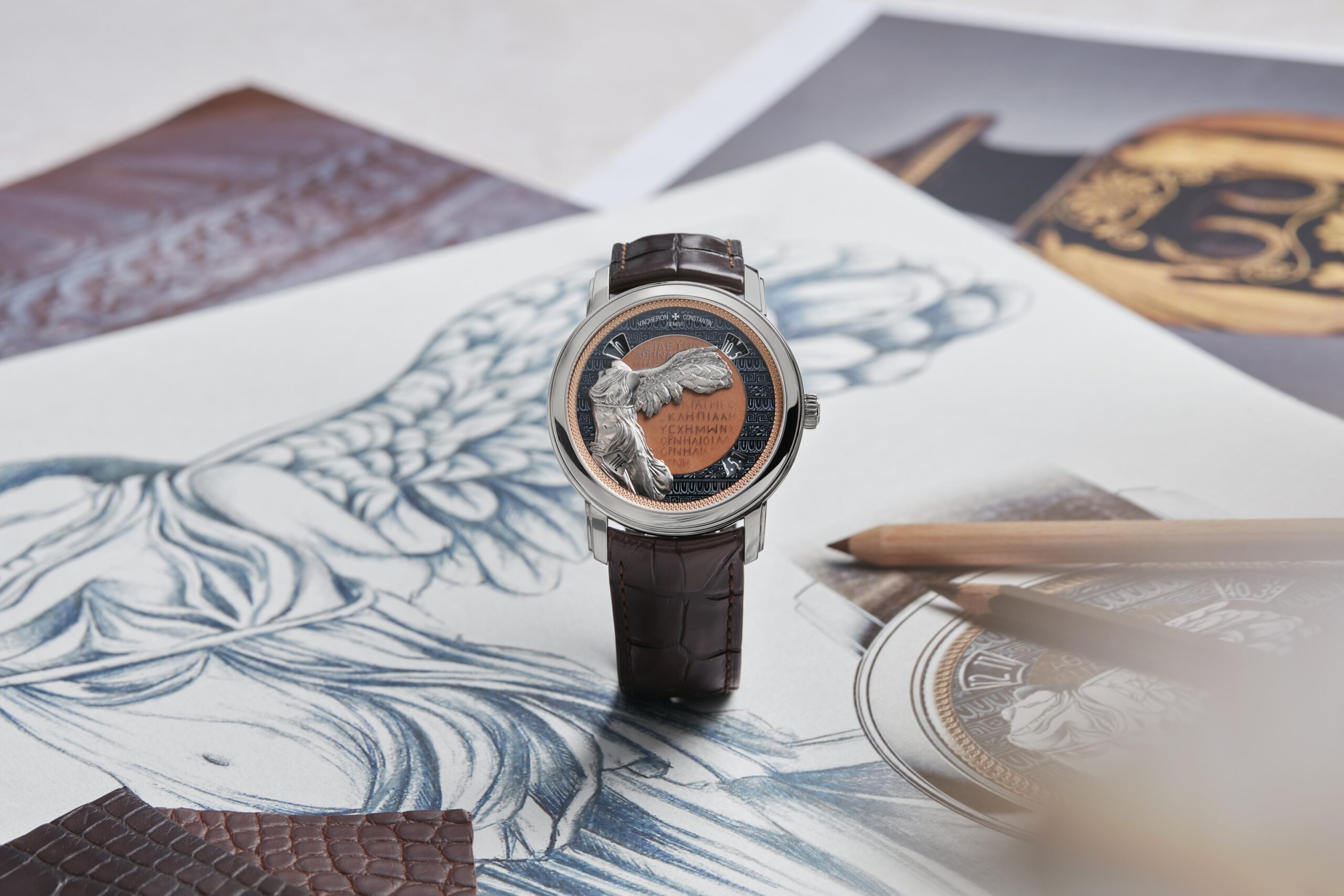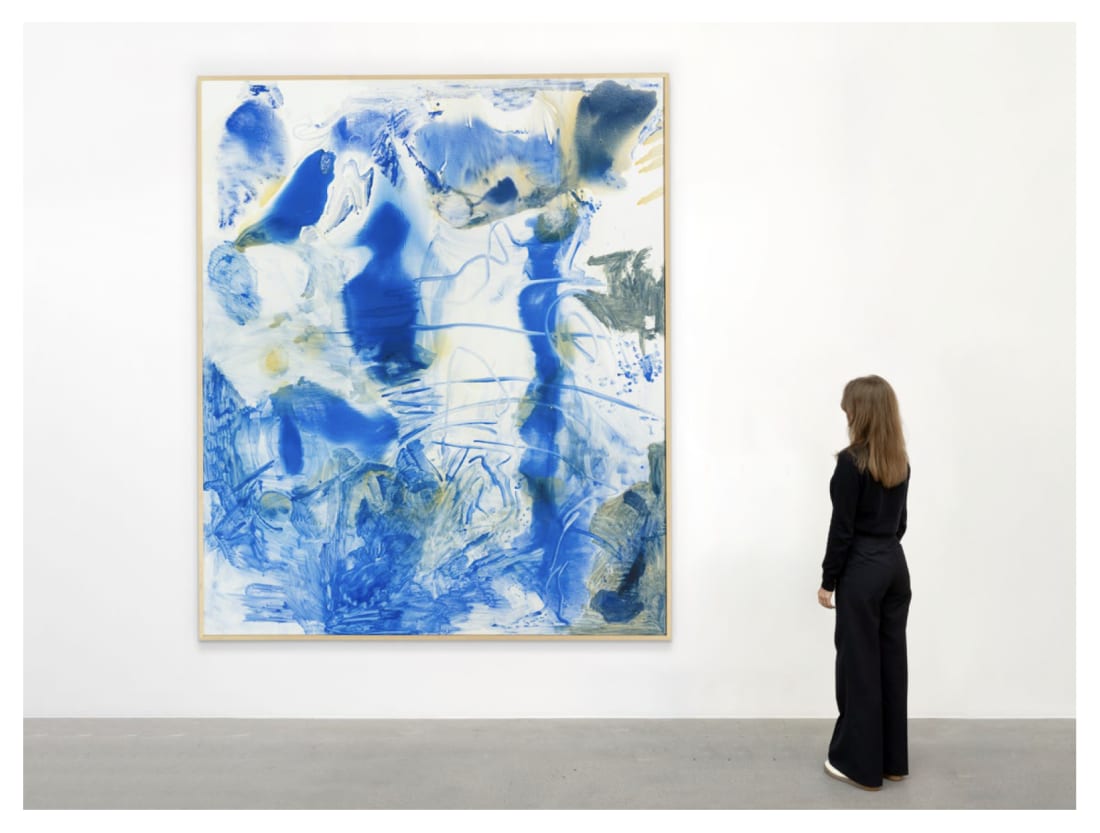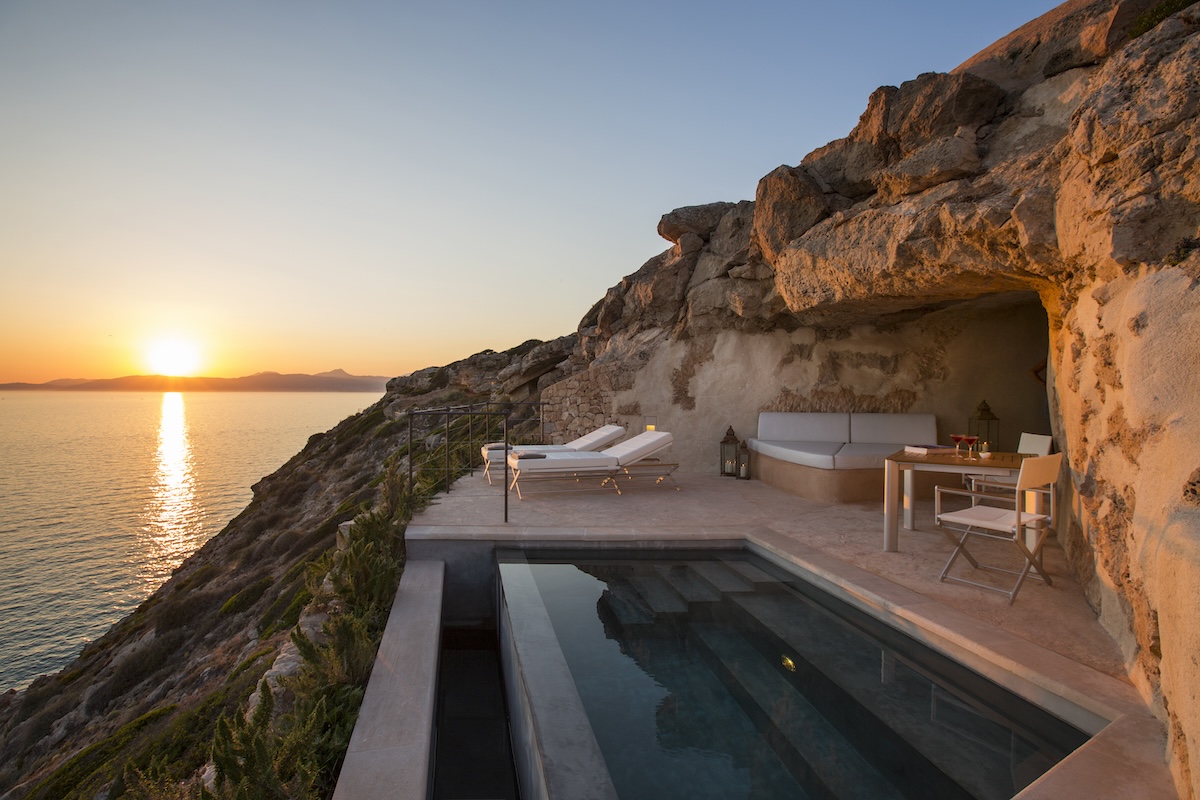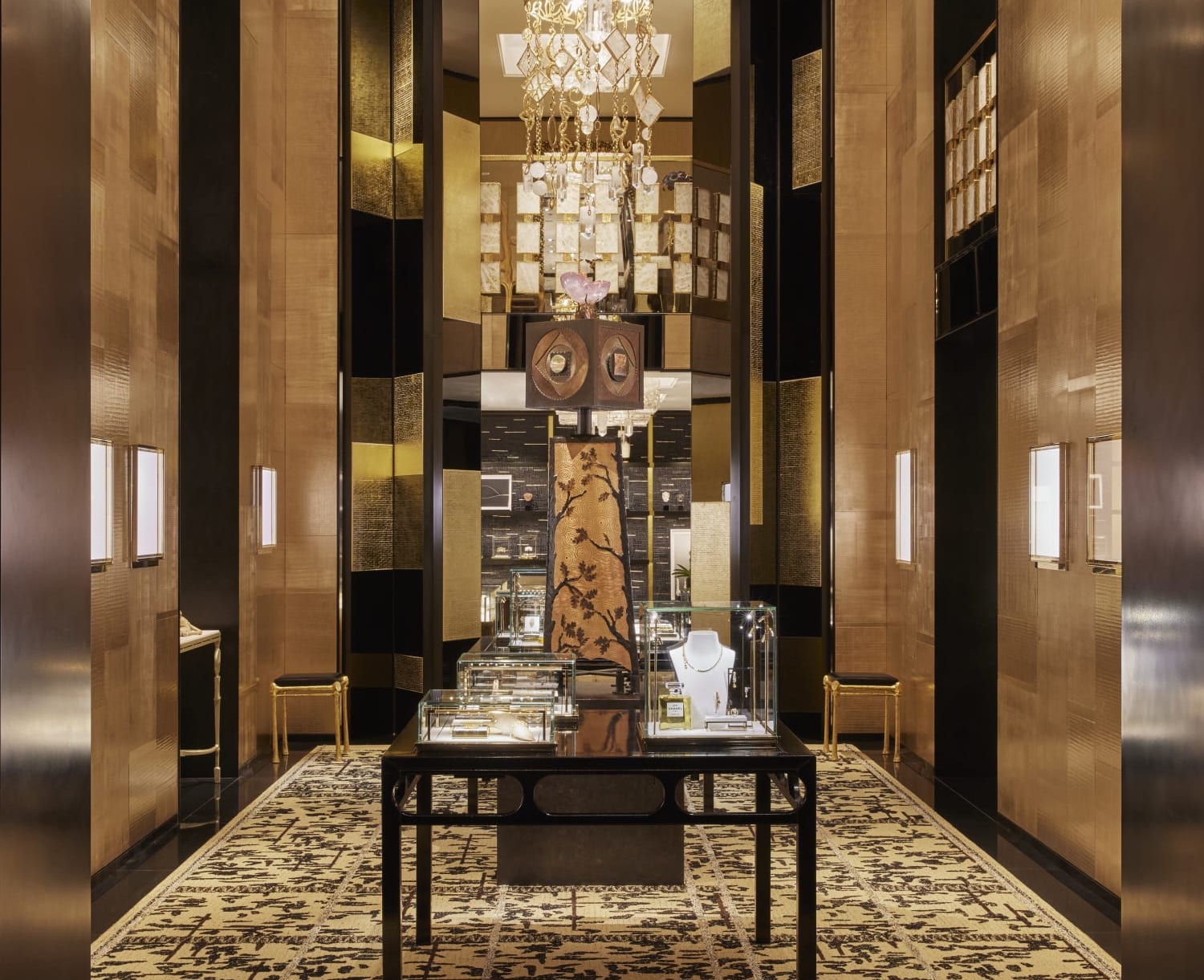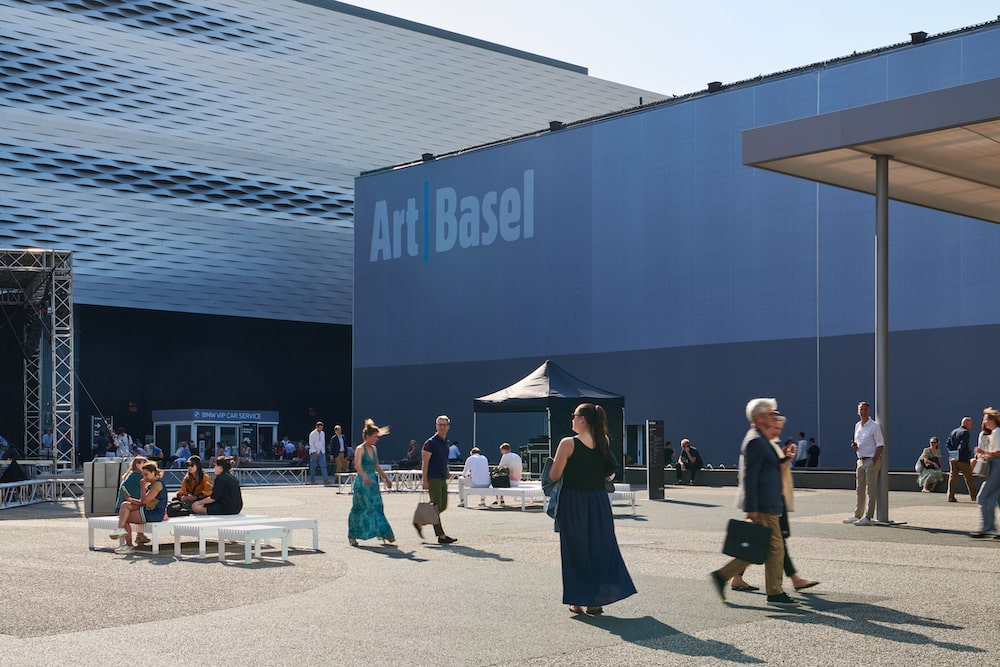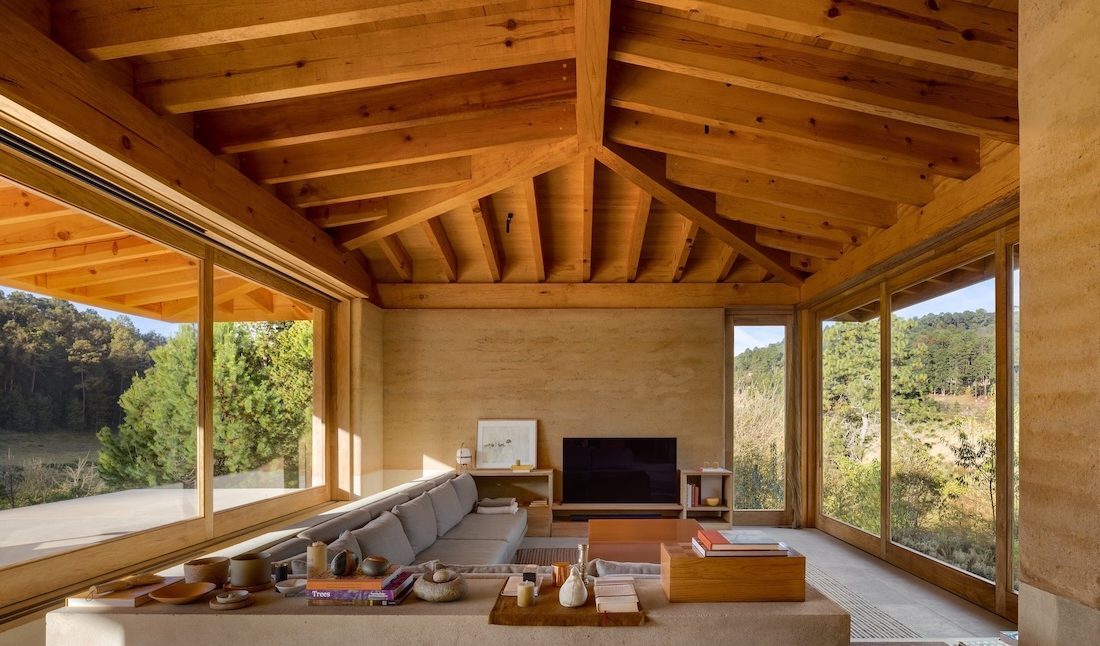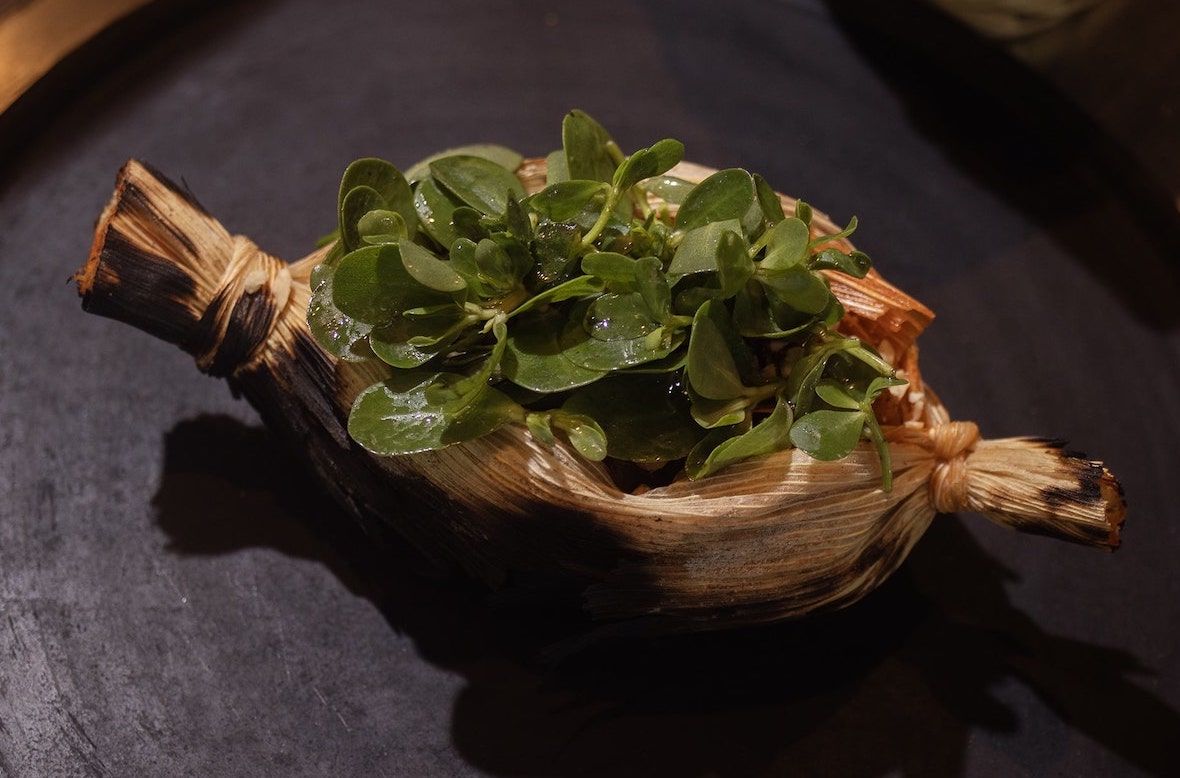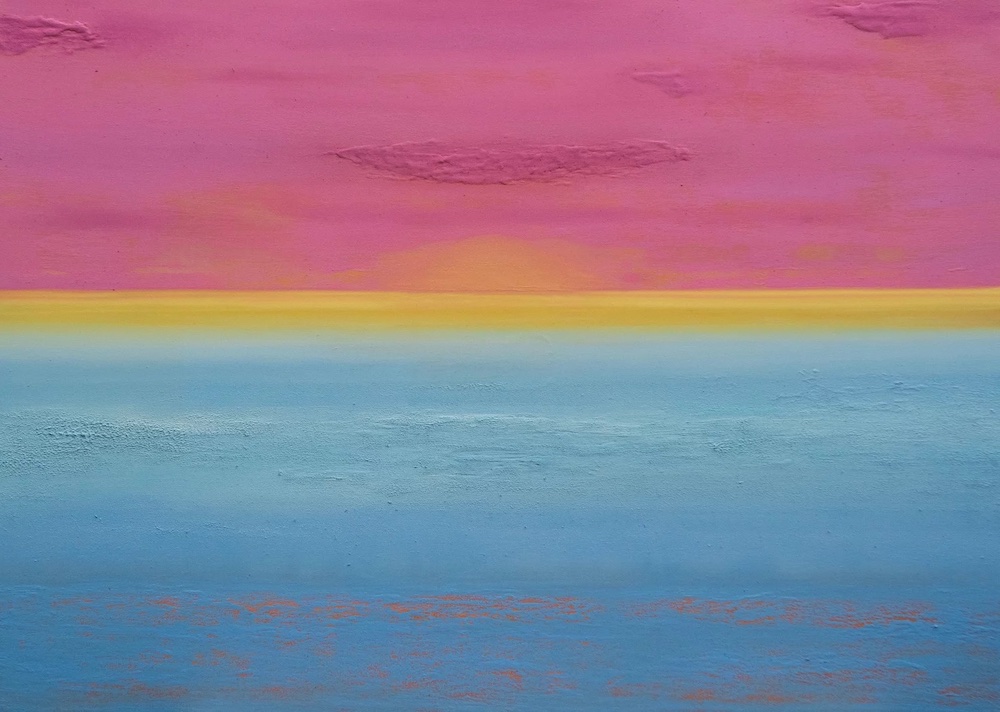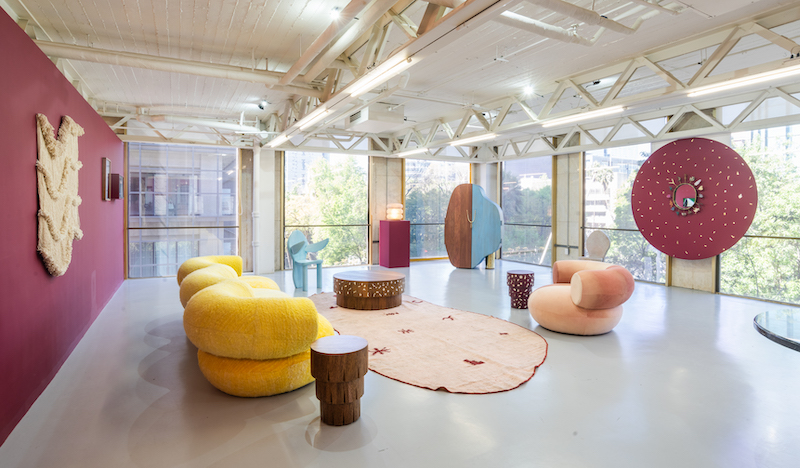JSa is a Mexico City-based architecture studio led by Javier Sánchez, Aisha Ballesteros, and Benedikt Fahlbusch. Led by a vision of “urban acupuncture,” the firm aims to create architectural interventions that foster sustainable environments, enhance the collective quality of life, and support the continuous rehabilitation of the urban fabric. With this philosophy, JSa gained early recognition through a series of influential projects in Mexico City’s Roma and Condesa neighborhoods, catalyzing the renewal of central areas during the mid-1990s.
Since, JSa has evolved into a broader scope, encompassing heritage preservation, cultural promotion, unique hospitality experiences, sustainable solutions, multidisciplinary community and workspaces, and an ongoing exploration of housing as a cornerstone of the urban ecosystem.
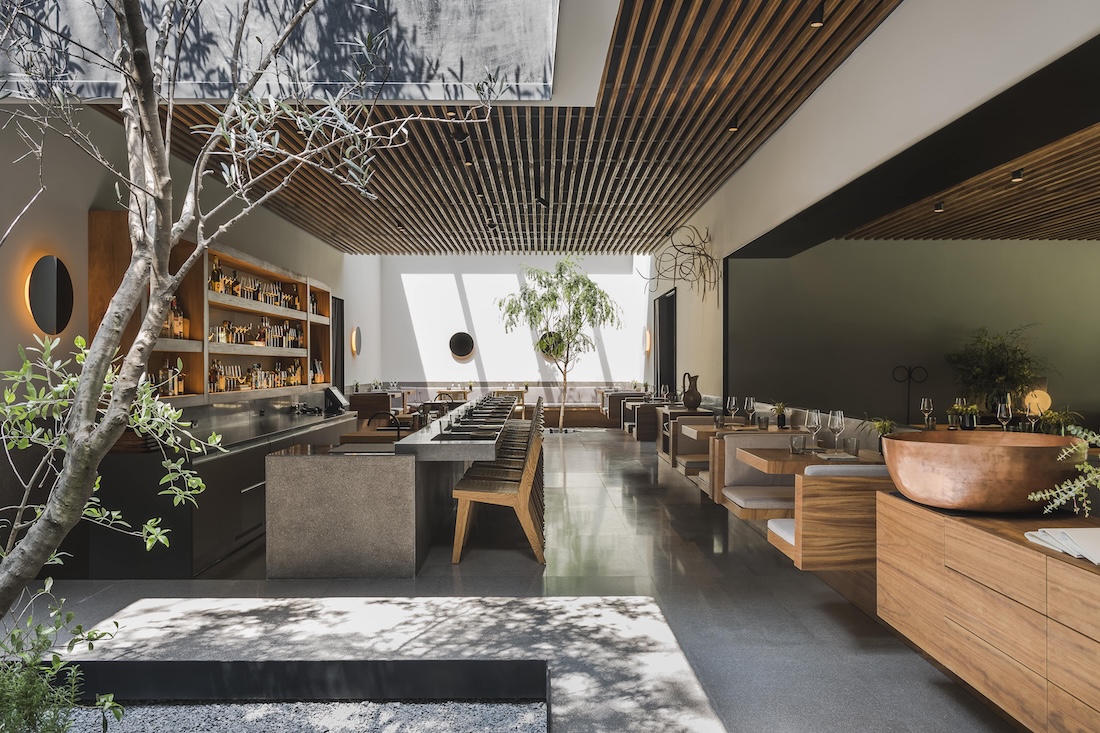 Pujol, photo by Luis Gallardo, courtesy of JSa.
Pujol, photo by Luis Gallardo, courtesy of JSa.
Notably, JSa is behind some of Mexico City’s most sought-after spaces, including restaurants by Enrique Olvera like Pujol and Ticuchi, hotels like Hotel Condesa DF and Volga Hotel, the Juan Soriano Museum, and more.
Whitewall spoke with Sánchez about designing public and private spaces that embrace quality, authenticity, and his own instincts.
Evolving Contemporary Architecture
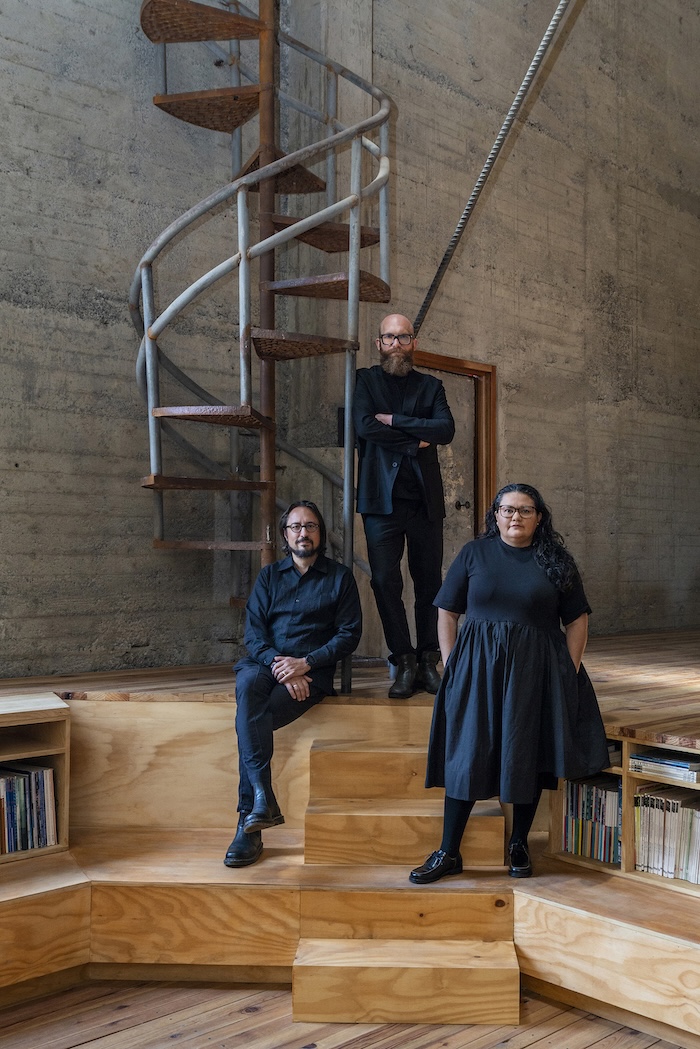 L to R: Javier Sánchez, Aisha Ballesteros, and Benedikt Fahlbusch. portrait by Nin Solis
L to R: Javier Sánchez, Aisha Ballesteros, and Benedikt Fahlbusch. portrait by Nin Solis
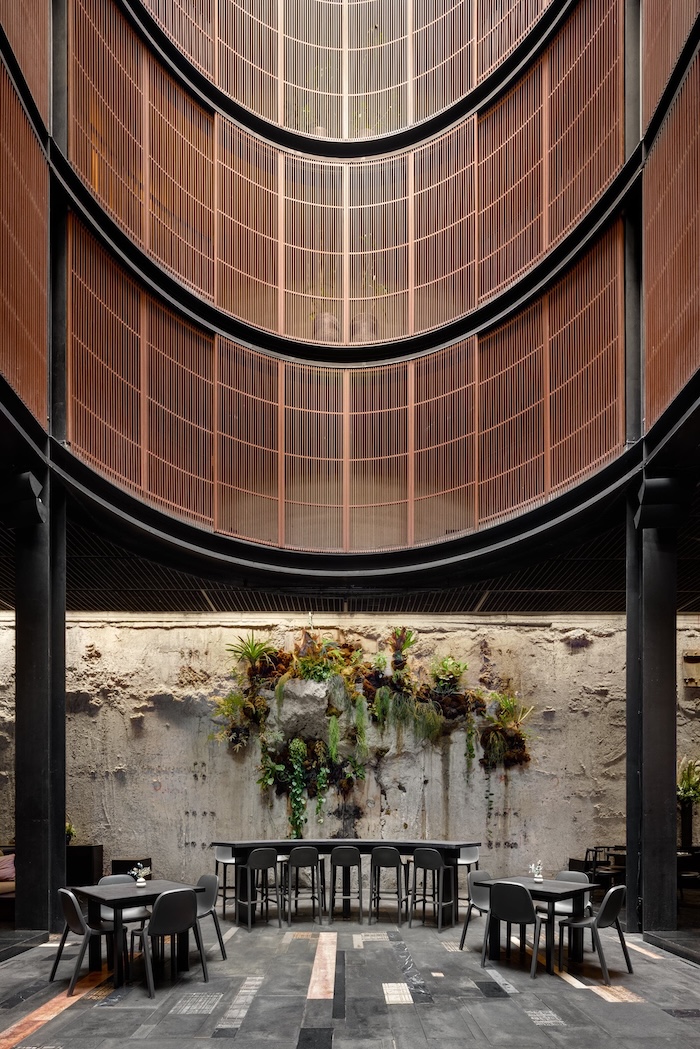 Volga Hotel, photo by Rafael Gamo, courtesy of JSa.
Volga Hotel, photo by Rafael Gamo, courtesy of JSa.
WHITEWALL: Your firm balances a focus on architectural interventions and integrations, social housing, and architectural heritage renovation. How do you aim to balance the old and new?
JAVIER SÁNCHEZ: We believe in what Lina Bo Bardi once defined as the “historical present.” Seeing much of our adaptive reuse endeavors, not only as renovations, but as a way to preserve the city’s heritage while also breathing new life into its urban fabric.
“A way to preserve the city’s heritage while also breathing new life into its urban fabric,” —Javier Sánchez
It’s an ever-evolving, rigorous process in choosing what should be preserved—understanding what could be restored and discovering the latent potential for additions and reforms, which is what makes each project exciting. Allowing for the building to show its own peculiar challenges and opportunities.
JSa is Designing for Hospitality
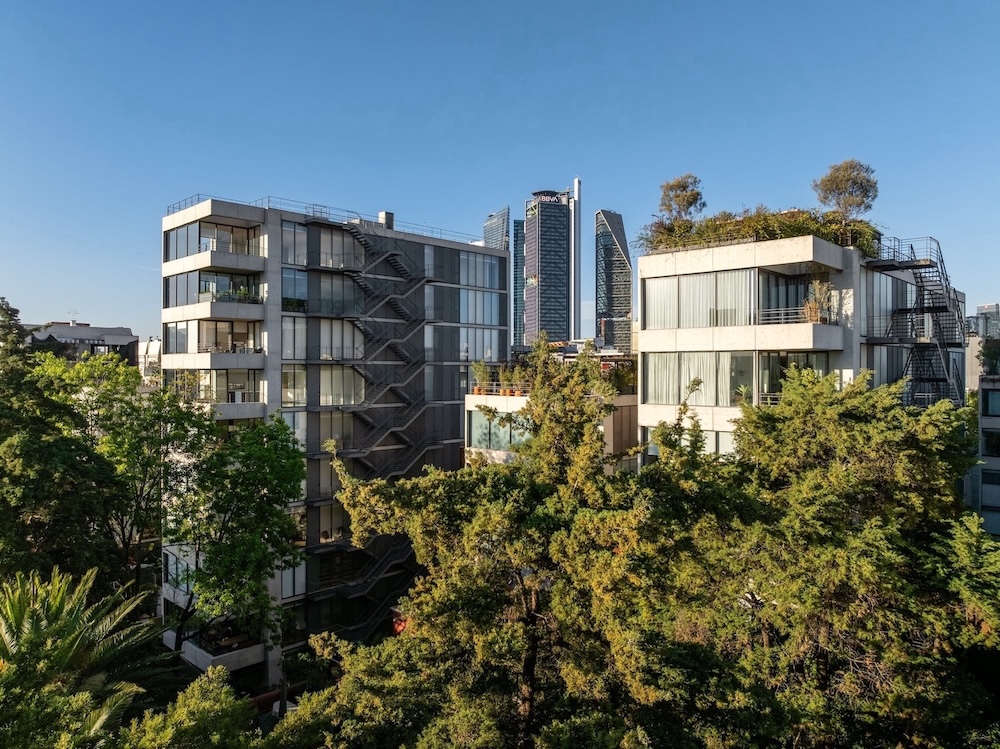 Juan de la Barrera Residential Complex, photo by Rafael Gamo, courtesy of JSa.
Juan de la Barrera Residential Complex, photo by Rafael Gamo, courtesy of JSa.
WW: You’ve designed a few restaurants by Enrique Olvera in CDMX that are world-famous, including Pujol and Ticuchi. Both encompass a calm atmosphere through a mix of warm, natural materials. Can you tell us how you approach these spaces, and with commonality in mind to keep cohesiveness?
JS: Our work in hospitality began more than twenty years ago. Working on several hotels and smaller restaurants before it became one of our main areas. Through that experience, we’ve seen how restaurants, once primarily focused on food quality, now aspire to offer a much broader and ambitious hospitality experience.
Before Pujol, we had the opportunity to do Criollo as a partnership between chefs Enrique Olvera and Luis Arellano and us. It was a rewarding experience that keeps on giving to this day, and the strong foundation for a close relationship that has granted us the opportunity to design more projects for Olvera.
When working on a new project, we try not to follow trends. Choosing instead to follow our own instincts that come from a shared dialogue with the design team, the client, collaborators, suppliers, and of course, the intended audience, to shape a vision that is committed to something genuine and timeless.
Conceivably, quality, and authenticity are what bestow a sense of cohesiveness and commonality and an authentic distinctive character.
Recognizable JSa Elements
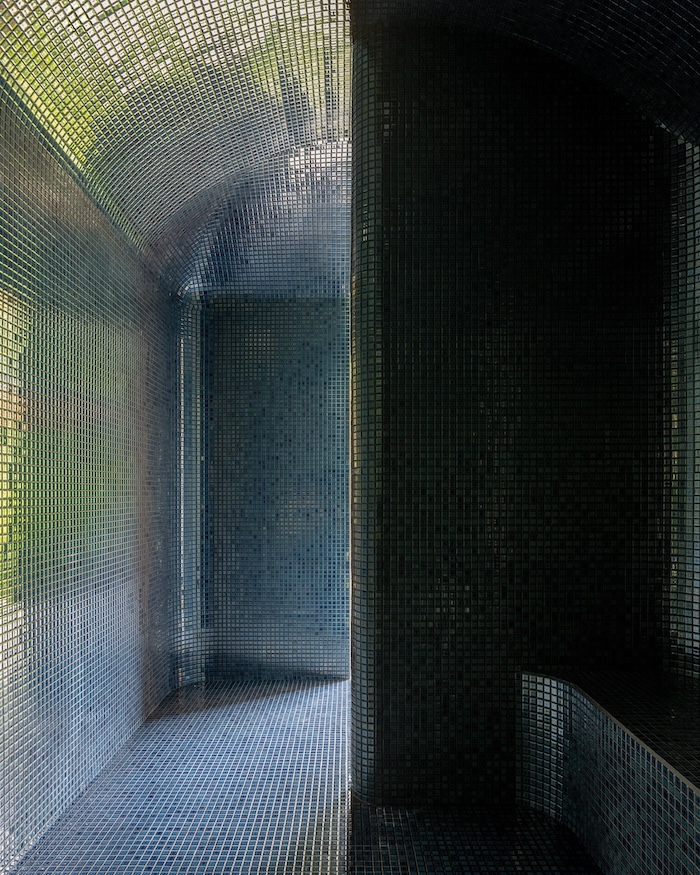 NAYA, photo by Rafael Gamo, courtesy of JSa.
NAYA, photo by Rafael Gamo, courtesy of JSa.
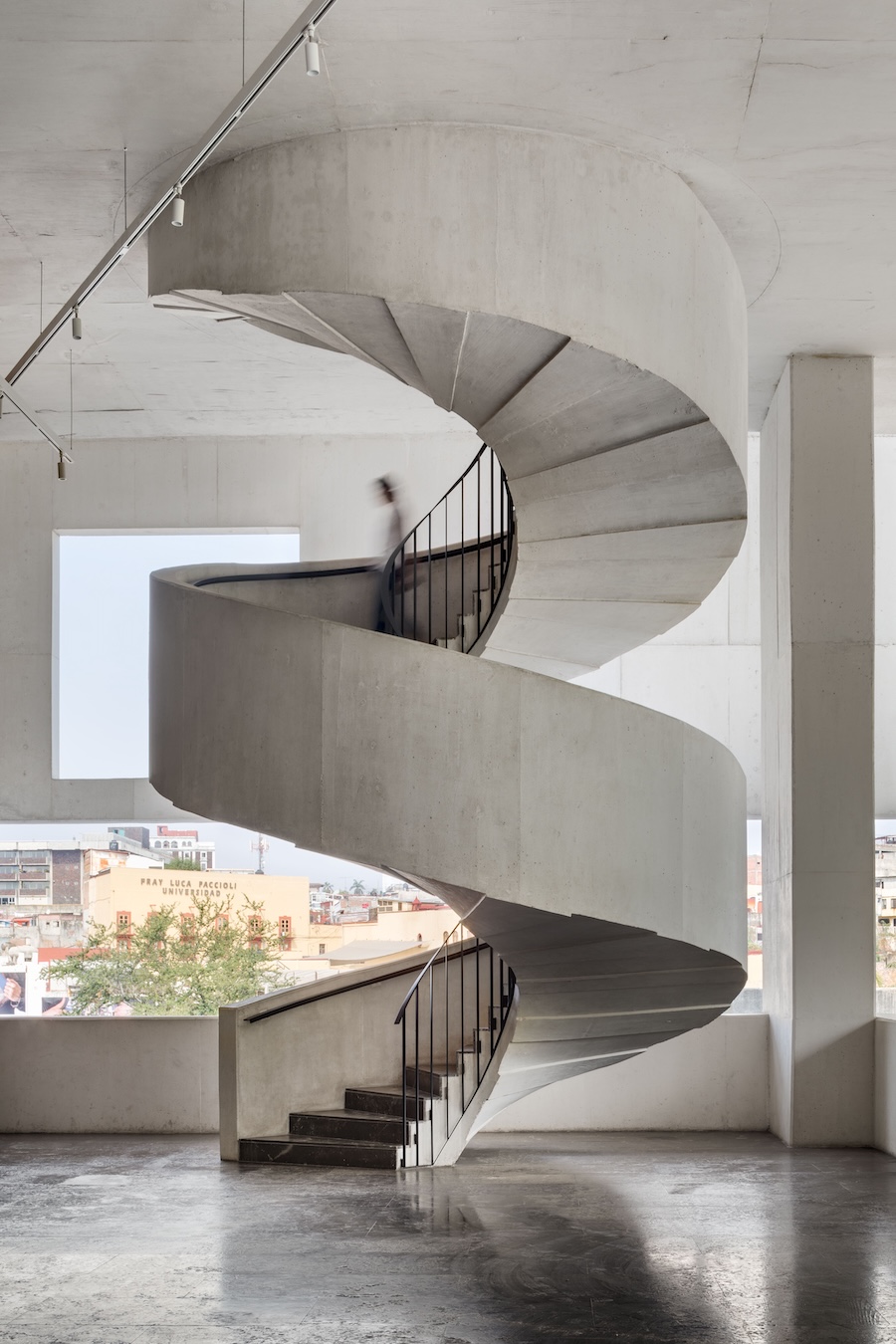 Juan Soriano Museum, photo by Rafael Gamo 2, courtesy of JSa.
Juan Soriano Museum, photo by Rafael Gamo 2, courtesy of JSa.
WW: Some of your most recognized projects are the Veracruz Complex, the Hotel Condesa DF, the Cultural Center of Spain, The Cape Hotel, and the Rain Harvest Home. What do all of your projects have in common, despite their category?
JS: Rather than through style, we believe our practice could be defined by a series of principles instead. Being each design a unique outcome, resulting from a close study of the needs and the context of the project, plus a close collaboration with our clients and collaborators.
One principle could be our longtime preoccupation with an holistic integration of architecture, structure, and interior design. Both Pedre and the Volga Hotel are recent examples of this, but also present in some of our earliest projects such as Chilpancingo 17 or Condesa DF.
Another could be our desire for honesty in materiality, but also of the structure itself. Believing that timelessness lies in simplicity and candid resource economics. Something that today we link with our personal interest in promoting sensible and environmentally responsible interventions in the form of adaptive reuse, the integration of rainwater harvest systems, recycling and treatment of wastewater, inclusion of photovoltaic systems, etc.
WW: How would you describe JSA’s approach to responsible building and planning?
JS: Much of our work has to do with micro-urbanism as a form of urban acupuncture. Believing in the potential of each project to contribute positively to its immediate context, and thus, contribute towards the continuous rehabilitation of the urban fabric.
Part of this is our belief in the soft redensification of our cities. Advocating for projects that adapt to the increasing demands for housing within urban contexts, but which also take into consideration the neighborhood’s history and their new role within it.
Some recent examples of that are Maria Ribera and the Juan de la Barrera Residential Complex. Both cases of large-scale interventions where we were able to add dozens of new dwellings, while also preserving heritage architectural landmarks and having a barely discernible impact on the street front in terms of scale.
Architecture as a Catalyst
 NAYA, photo by Rafael Gamo, courtesy of JSa.
NAYA, photo by Rafael Gamo, courtesy of JSa.
WW: How do you view architecture changing and shifting today to meet the needs of our population’s needs?
JS: We’re strongly committed to a more sustainable future through our designs. Our new studio, known as The Ice Factory, is a palpable representation of that vision. Beyond being an adaptive reuse of a former ice plant, a manifesto of regenerative design where solar power, rain harvest, on-site water treatment, and vegetation achieve a symbiotic reciprocity between the building, its landscape, and us as its inhabitants.
“We’re strongly committed to a more sustainable future through our designs,” —Javier Sánchez
As such, our studio has also been an open showroom and an academic workshop. A catalyst for collaborative projects derived from the frank synergy between us, public and private universities, diligent professors, independent student groups, and NGOs. Collaborations that have promoted a feedback between theory and practice, in the form of excursions, academic workshops, social gatherings, symposiums, and student exhibitions.
What’s Next for JSa
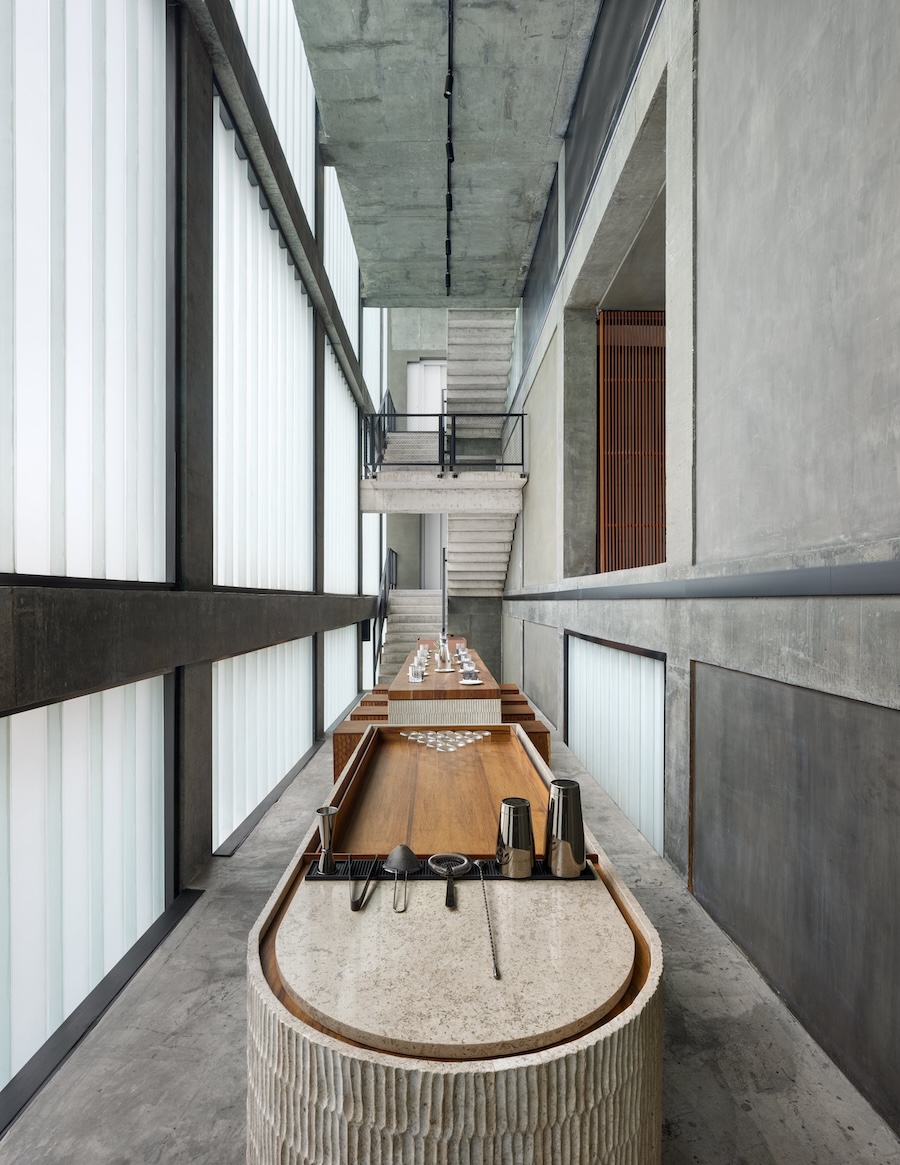 JSa, Volga Hotel, photo by Rafael Gamo, courtesy of JSa.
JSa, Volga Hotel, photo by Rafael Gamo, courtesy of JSa.
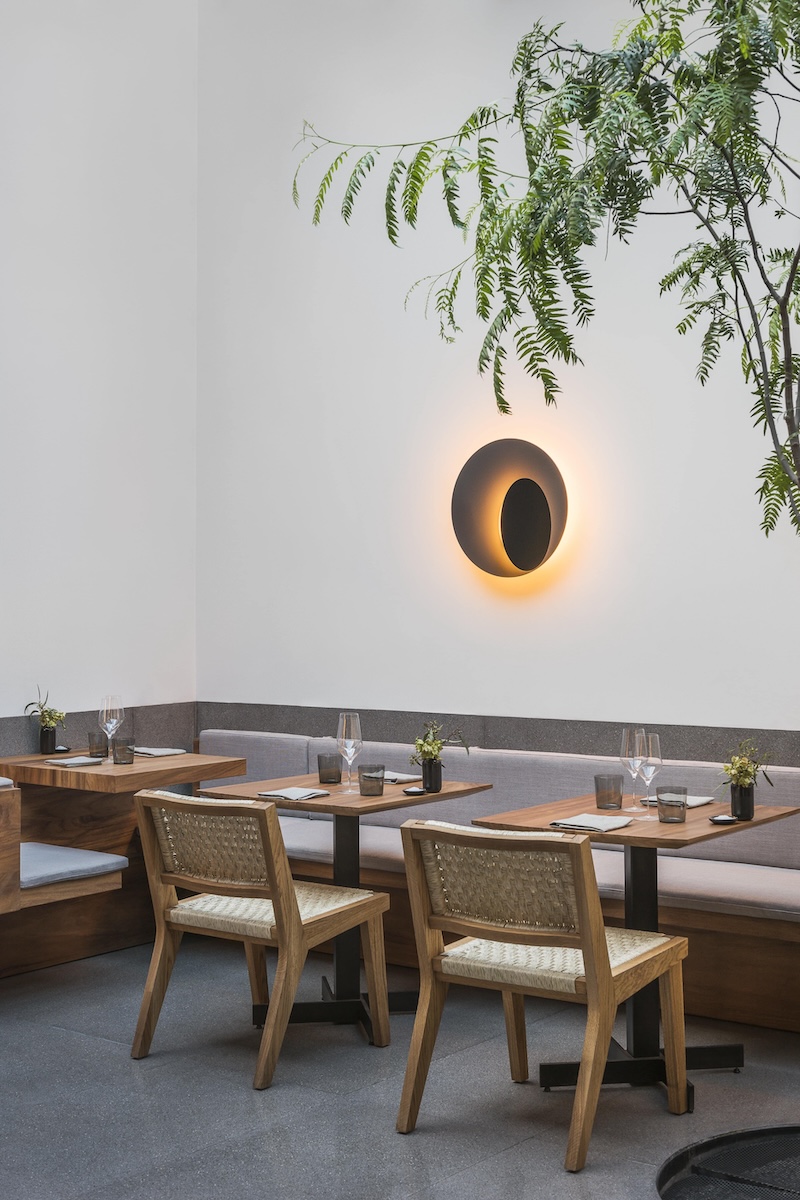 Pujol, photo by Luis Gallardo, courtesy of JSa.
Pujol, photo by Luis Gallardo, courtesy of JSa.
WW: What are you working on next?
JS: We’re always working on a vast diversity of projects ranging from small residential buildings and boutique gastronomic experiences, to expansive beach resorts and public space infrastructure.
In hospitality, we recently completed Volga, a boutique hotel a block away from Reforma Ave. where we carefully curated a series of collaborations with young and established artisans, industrial designers, and even contemporary artists like Perla Krauze —who did a site-specific installation for the patio’s floor— to create a bold hospitality experience defined by tasteful minimalist luxury enveloped by the theatrical lights and shadows.
In residential, we recently finished NAYA on the Pacific coast. An ambitious residential resort of bold red concrete prisms, framed between the mountainous jungle and the ocean.
And in culture, we’re nearing completion of a new Chocolate Museum located in a colonial building right behind the city’s Metropolitan Cathedral. A rich dialogue between the historic layers of the city where we carefully restored the centuries-old structure in a dialogue with a new contemporary building behind it.
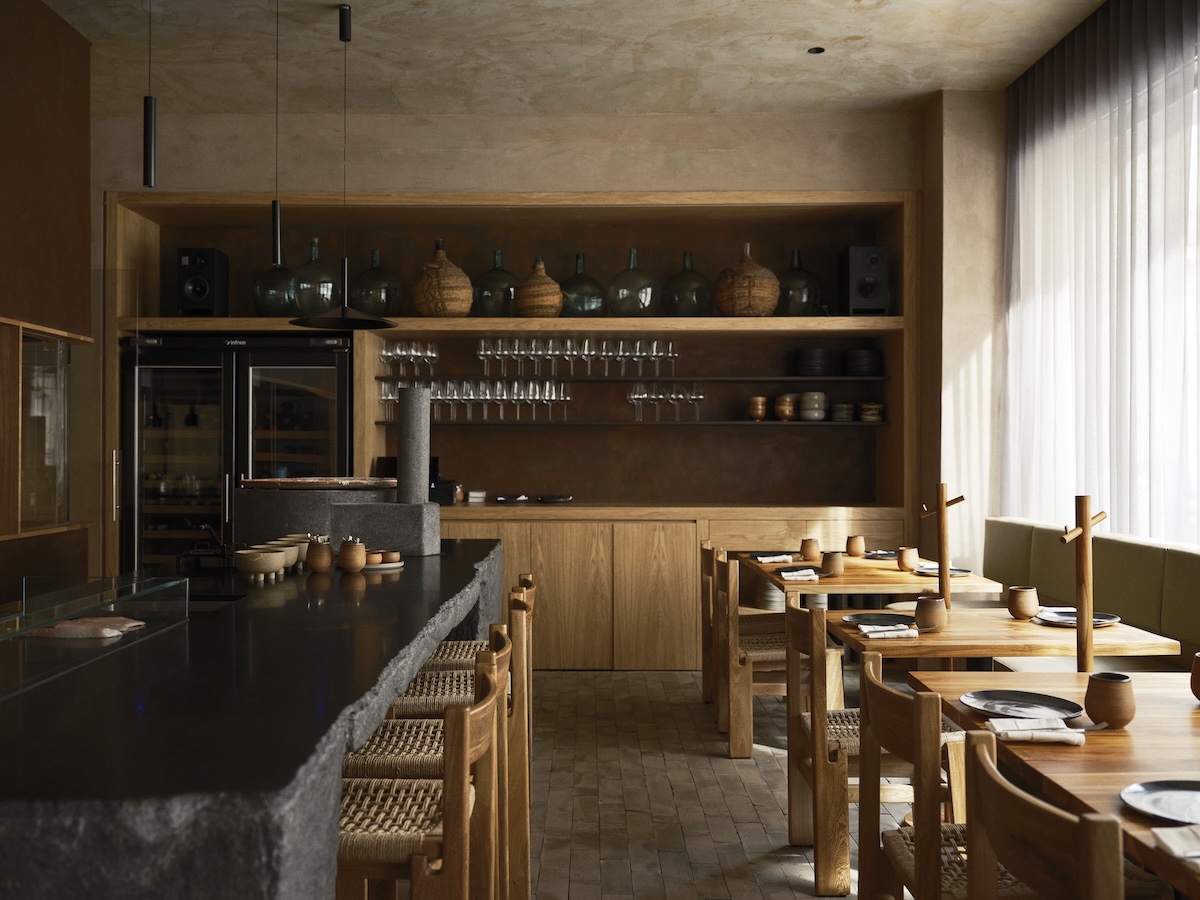 Ticuí, photo by Mari Luz Vidal, courtesy of JSa.
Ticuí, photo by Mari Luz Vidal, courtesy of JSa.

